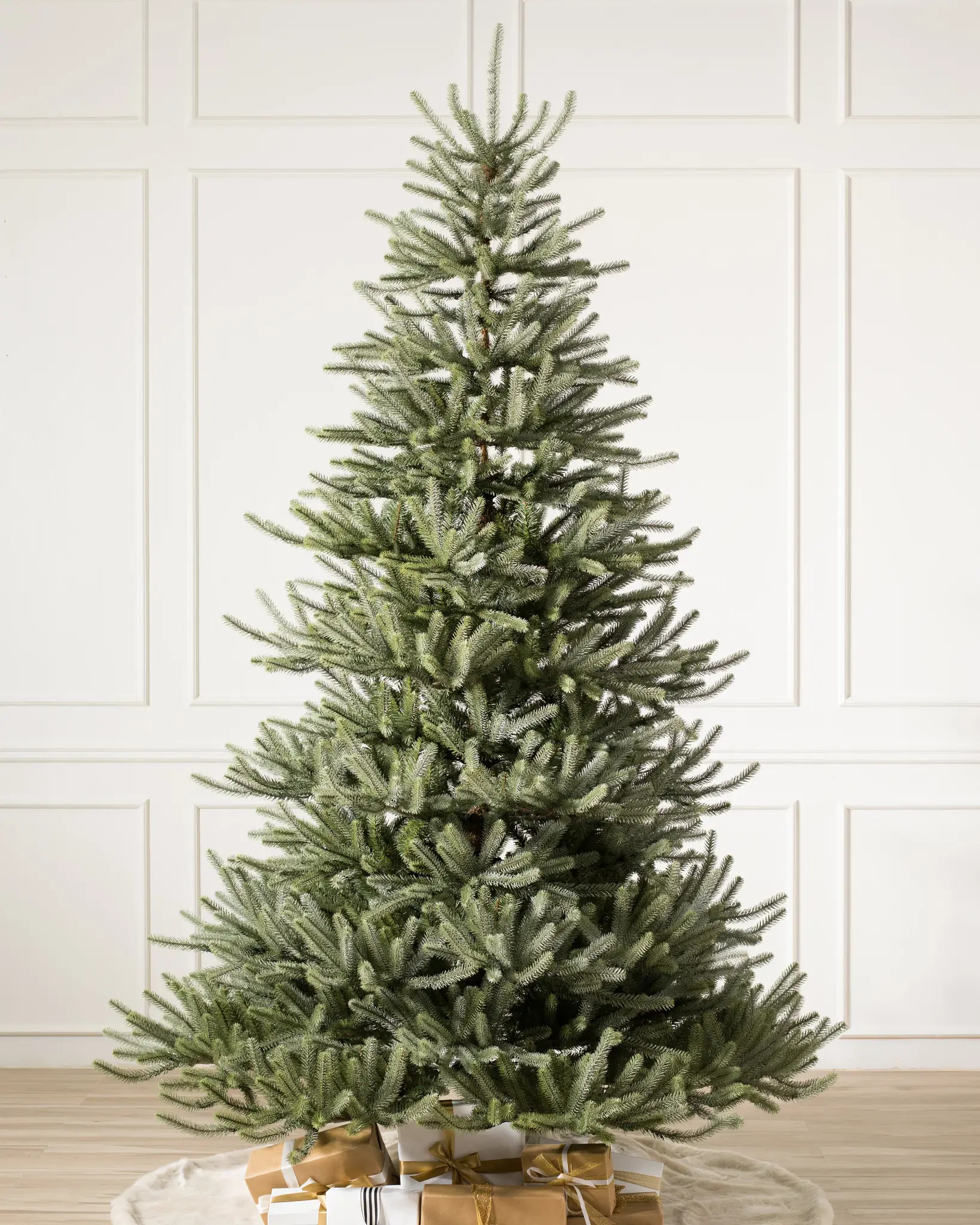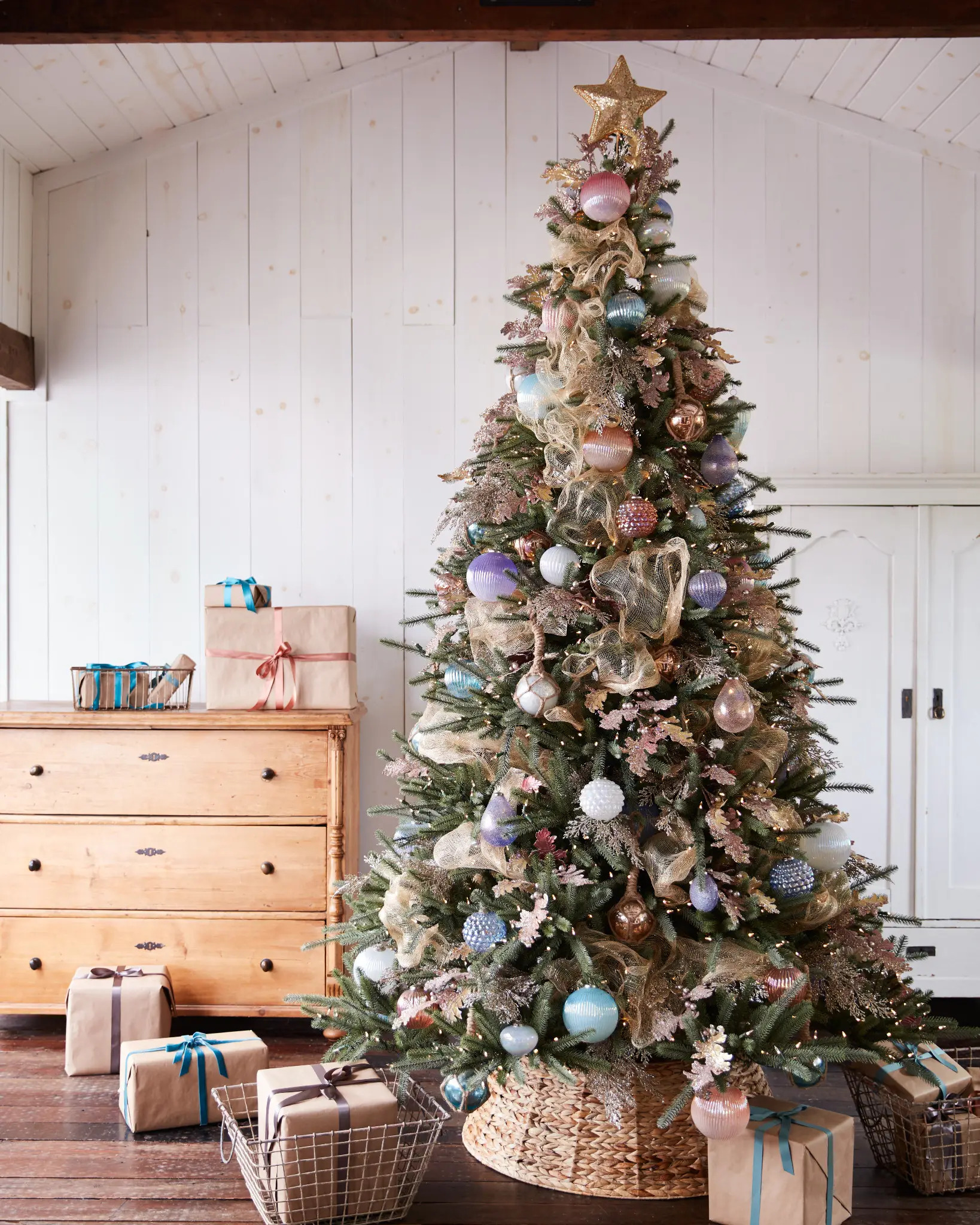Sanibel Spruce® Tree
$399.00 – $1,299.00
Sanibel Spruce Tree for sale
The Sanibel Spruce Tree: A Majestic Addition to Any Landscape
Introduction: The Sanibel Spruce tree, scientifically known as Picea sanibelensis, is a remarkable evergreen tree that is native to the Sanibel Island in Florida. With its striking appearance and adaptability, this tree has become a popular choice for landscaping projects across the region. In this article, we will explore the characteristics, growth habits, environmental requirements, and benefits of the Sanibel Spruce tree, highlighting why it is an excellent choice for homeowners and landscape designers alike.
Delight guests with a festive display of your favorite sanibel spruce tree. This lifelike tree is sparse by design, providing plenty of room for your collection of Christmas balls, figurines, and finials. Choose the unlit version for more decorating possibilities or go pre-lit with Candlelight® clear LED lights for extra sparkle.
Details
- Crafted with abundant True Needle® foliage for realism that draws the eye and Classic Needles for added fullness
- Easy Plug® system incorporates light connections in the trunk, so lighting your tree is as simple as plugging it into a socket. Currently available only on select trees. Click on the specifications below for more details.
- Pre Fluffed® memory wire branches fan into place upon unboxing for reduced set-up time
Characteristics
The Sanibel Spruce tree is known for its majestic presence and unique features. It typically reaches a height of 30 to 40 feet, with a spread of 15 to 20 feet at maturity. The tree has a conical shape, with dense branches that extend from the trunk in a symmetrical pattern. The needles are dark green in color, measuring around 1 inch in length. These needles are arranged spirally around the branches, creating a lush and vibrant appearance. One notable characteristic of the Sanibel Spruce tree is its ability to retain its needles throughout the year. This evergreen quality ensures that the tree remains visually appealing even during the winter months when other trees have shed their foliage. Additionally, the Sanibel Spruce tree produces small, cylindrical cones that add further visual interest to its overall appearance.
Growth Habits
The Sanibel Spruce tree is known for its relatively slow growth rate. It typically grows around 6 to 12 inches per year, allowing homeowners to enjoy its beauty without worrying about excessive maintenance or pruning. The tree prefers full sun exposure but can tolerate partial shade as well. It thrives in well-drained soil with a slightly acidic pH level. When planting the Sanibel Spruce tree, it is essential to provide adequate spacing between each tree to allow for proper air circulation and growth. This spacing should be around 10 to 15 feet, depending on the desired density of the landscape. Regular watering during the first few years is crucial to establish a strong root system, after which the tree becomes more drought-tolerant.
Environmental Requirements
The Sanibel Spruce tree is well-suited to the coastal climate of Sanibel Island, making it an ideal choice for homeowners in similar regions. It is highly tolerant of salt spray, making it an excellent option for coastal landscapes. The tree can withstand strong winds and is resistant to many common pests and diseases. In terms of temperature, the Sanibel Spruce tree is hardy in USDA zones 8 to 10. It can tolerate temperatures as low as 10°F (-12°C) without significant damage. However, in areas with extreme cold, it is advisable to provide some protection, such as burlap wrapping or windbreaks, to shield the tree from harsh winter conditions.
Benefits
The Sanibel Spruce tree offers numerous benefits that make it a popular choice for homeowners and landscape designers. Firstly, its evergreen nature ensures year-round visual appeal, adding color and texture to any landscape. The dense foliage also provides excellent privacy screening when planted in rows or as a standalone specimen. Furthermore, the Sanibel Spruce tree is an effective windbreak, helping to reduce wind speeds and protect other plants and structures in the vicinity. Its ability to withstand salt spray makes it an ideal choice for coastal areas where other trees may struggle to thrive. Additionally, the tree’s low maintenance requirements and resistance to pests and diseases make it a hassle-free option for homeowners.










































Reviews
There are no reviews yet.